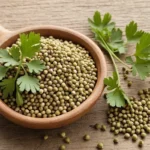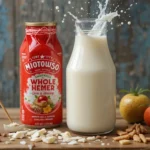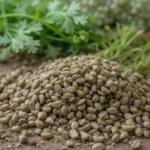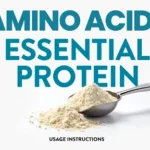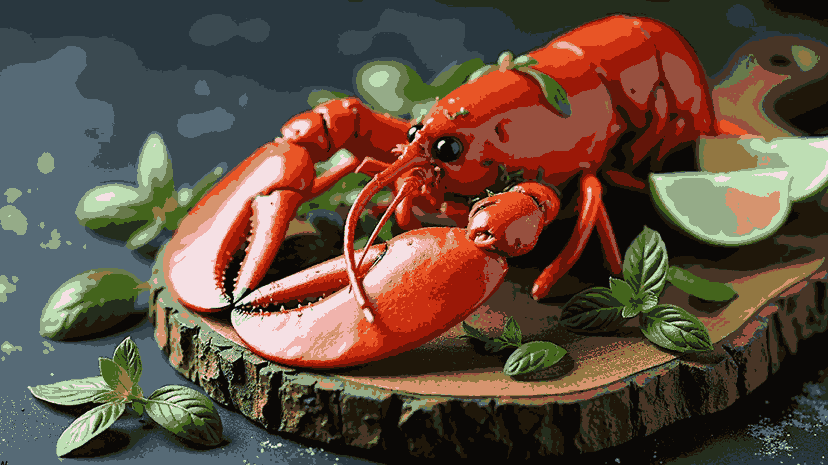As any food lover knows, crab meat is considered to be a seafood choice in many cuisines around the world. Aside from the great flavor and providing you a great source of protein and essential fatty acids, it’s also an excellent source of essential fatty acids.
Crab meat is being enjoyed in new ways due to innovative processing techniques. Finding new uses for this versatile ingredient, people are discovering new ways to enjoy this ingredient and thus the industry is not lagging behind in meeting customer demands.
Regional Varieties
There is plenty of edible crab species surrounding the ocean in the world and each species imbues its own palate and flavor to a dish. Succulent meat and a sweet, slightly briny flavor have made the blue crab (Callinectes sapidus) a mainstay at East Coast crab shacks for many years. But snow crab (Chionoecetes opilio) provides something lighter with long legs (read: tender meat) in a soft shell which can easily be cracked open without aid.
Alaskan King Crab (Paralithodes camtschaticus) is appreciated for its tender flesh that can withstand heavy seasoning, and red Rock Crab (Cancellaria gigas), from North America’s Pacific coast, is the perfect split to stuff, or dunk into butter to dab a sweet but briny combo of flavours.
The revolution in the world of crab meat is being made possible by innovative processing techniques that allow chefs to craft unique texture and flavor for customers. These advances and a focus on sustainability ensure that the industry is dynamic and always changing from big company to small, from global coverage to neighborhood affiliations, the world of crab meat words people to foods they want.
Health Trends
With high protein content, crab meat has become a prime food to appeal to consumers who are tired of traditional cuisine and pursue the latest in healthy food trends. It is a versatile tender texture that lends to favorite use in dishes such as seafood pasta and soups plus sushi and salads. Crab meat is packed full of omega-3 fatty acids, vitamin B12, selenium and zinc which all facilitate better cognitive health, circulatory health and immune system responses (part of its healthful profile).
The global crab meat market is driven by its growth due to rising disposable income levels in some of the key regions. Fresh and quality seafood products such as crab meat are willing to pay consumable products. To meet the consumer demand, manufacturers have come up with innovative crab products, including frozen pre cooked crab legs and ready to eat meals while complying with the advances processing technologies to keep the nutritional benefit intact while satisfying the demand for these new offerings.
Regional variation and culinary innovation provides market players a unique opportunity to explore new flavours and experiences within the global crab meat market. Responding to these trends allows the industry to display its agility and responsiveness to foster continued interest and growth on an ever evolving culinary scene. Expanding market reach and brand loyalty are possible by launching new product development initiatives like flavor variations or convenient ready to eat options, for emerging culinary preferences. Additionally, eco friendly fishing practices and ethical sourcing can combat the ecological issues which makes the fishing business appealing.
Culinary Innovations
The journey from ocean to plate of crab meat is a multi step process. Well, the first step is crabs have to be caught somehow, using traps to get them. After that, they are taken to processing plants where they are cleaned and made safe to consume, and from there technology does its part — rapido speed up this particularly vital phase; and guarantee fresh, delectable crab meat for consumption.
The most pressing challenge for the crab meat industry is to produce sufficient enough tasty food that is also safe on the earth and in oceans where crabs live. But thanks to technological innovation, these obstacles are starting to be solved; by different ways to form crab meat and in different shapes, it can currently be eaten in different ways, and packaging is simplified to reduce waste.
Also included as inventions, are methods of shaping crab meat into particular shapes during setting by vibratory or cutting means into desired semi solid semi rigid shapes to provide cohesive units with three dimensional shapes which may be packaged, processed and portioned. It may also incorporate incubating with an agent thus promoting one or more of protein binding so that proteins in both components are combined and gelate to form monolithic blocks, or cylindrical forms from which individual servings can be cut off for individual consumption.
Environmental Concerns
With soaring global demand for crab meat, seafood companies are going green and using eco-friendly practices to cut pollution. Bottom trawling results in ecological damage due to bycatch, which is the knock on effect of indiscriminate harvesting. Many fishermen have transitioned to using selective harvesting methods which impose bycatch limits and protect marine biodiversity. Additionally, there are more consumers than ever who are looking for eco-friendly products and are willing to pay premiums on seafood produced to rigorous sustainability standards.
Harvesting health benefits from consuming crab meat are well documented and while industry works to address those health benefits, attention must also be paid to environmental concerns around invasive species and climate change. Studies from Norwegian researchers show that those in areas with industrial pollution were more likely to experience symptoms associated with Vibrio parahaemolyticus illnesses like watery diarrhea if they consumed blue crabs.
Crabs have become less numerous due to the excessive fishing of them. The shrinking sea ice cover also exposes more ocean floor for commercial trawlers to fish for non-target such as crabs, which are then dumped back into the ocean where most die – exacerbating crab populations.
For more, visit: TechTarget


